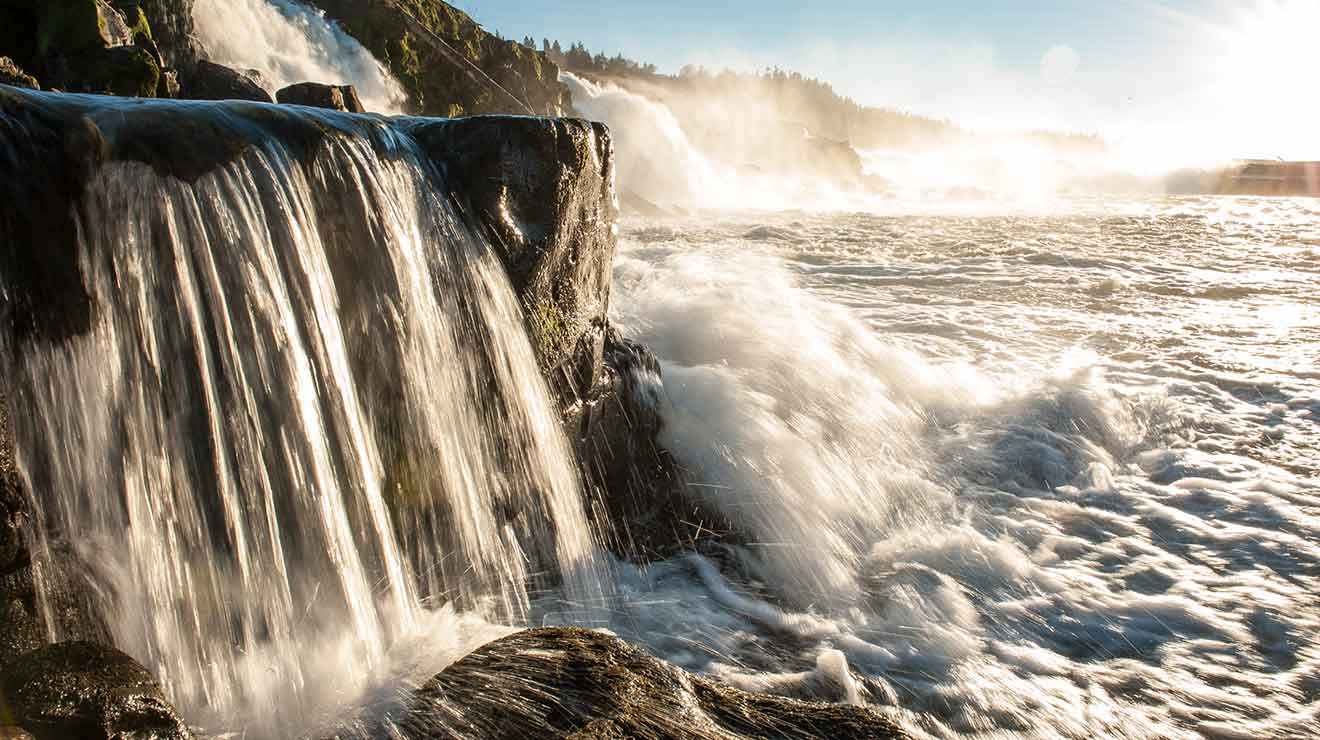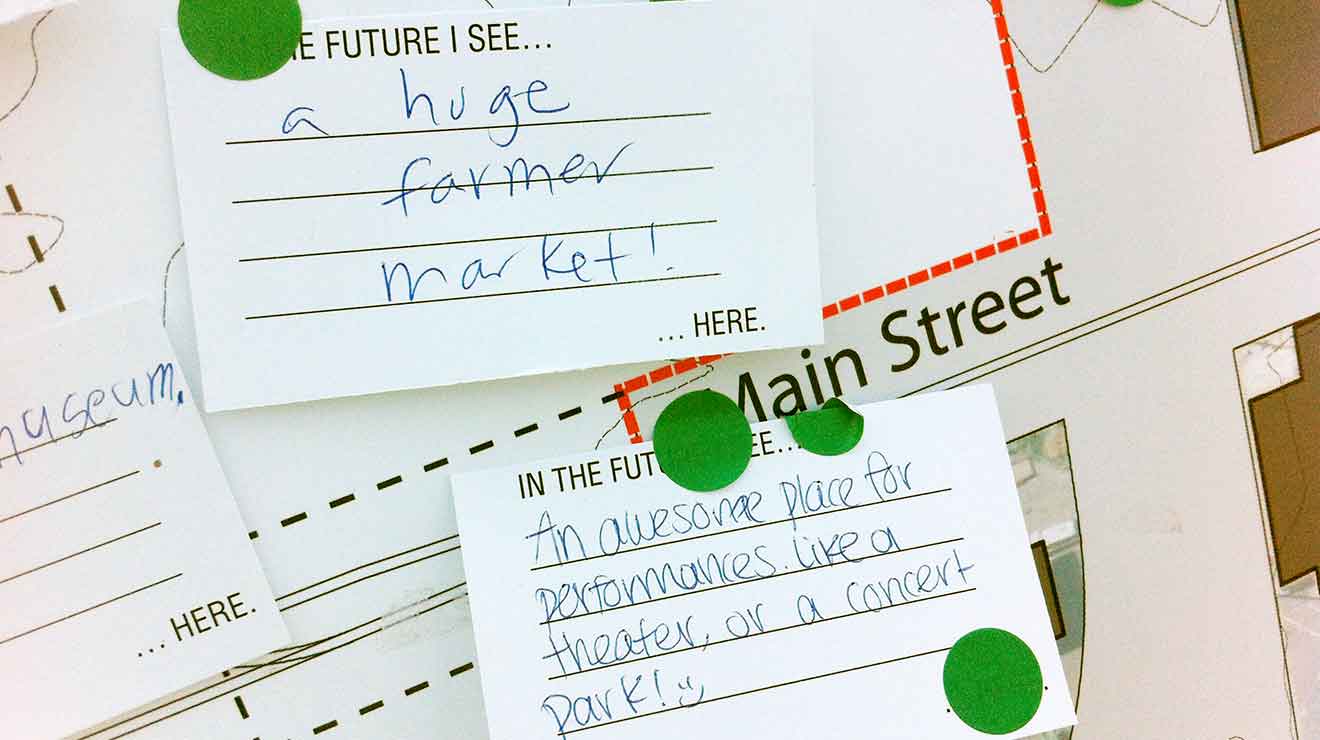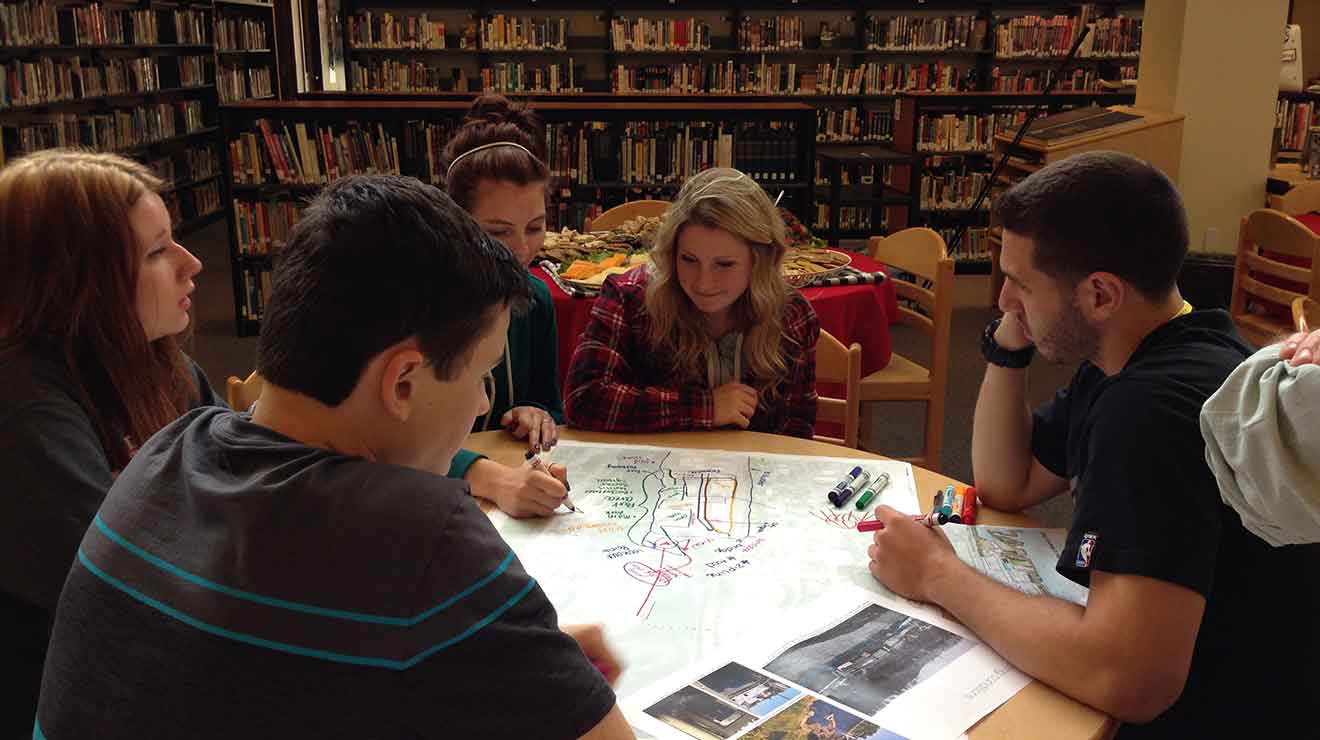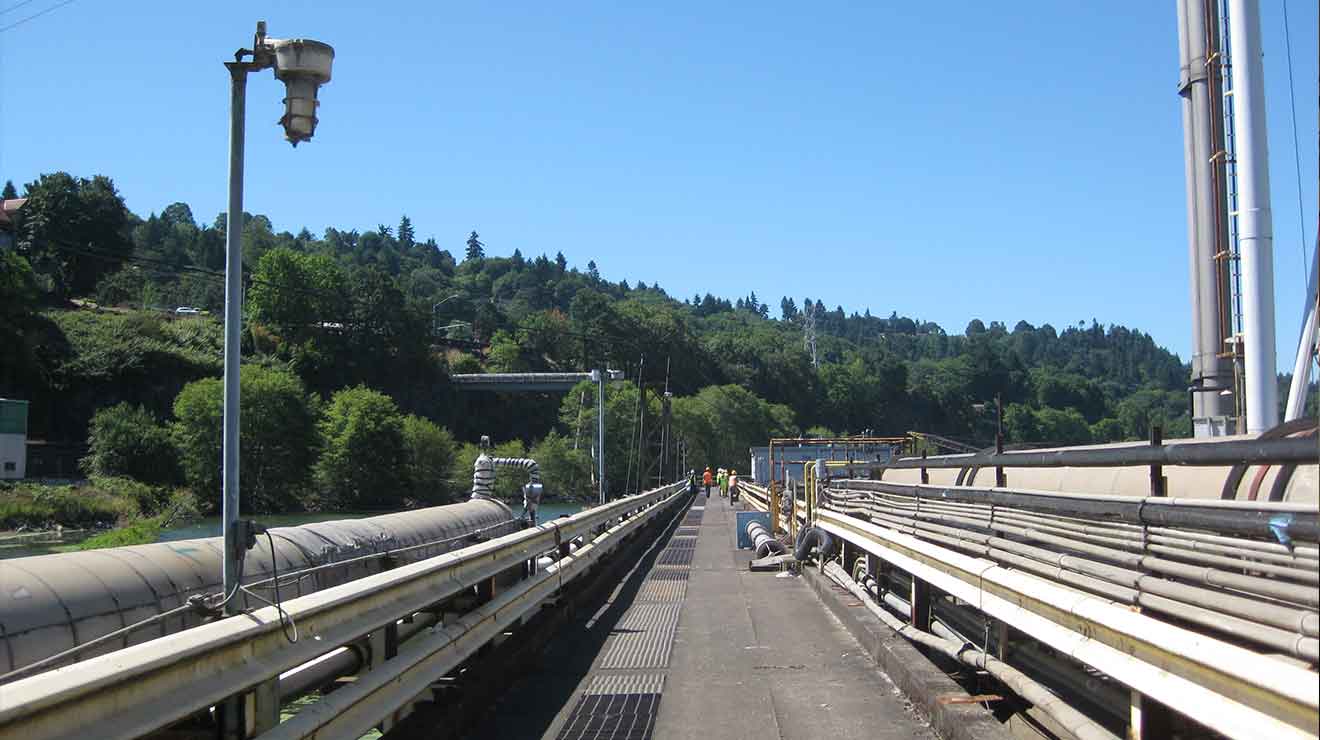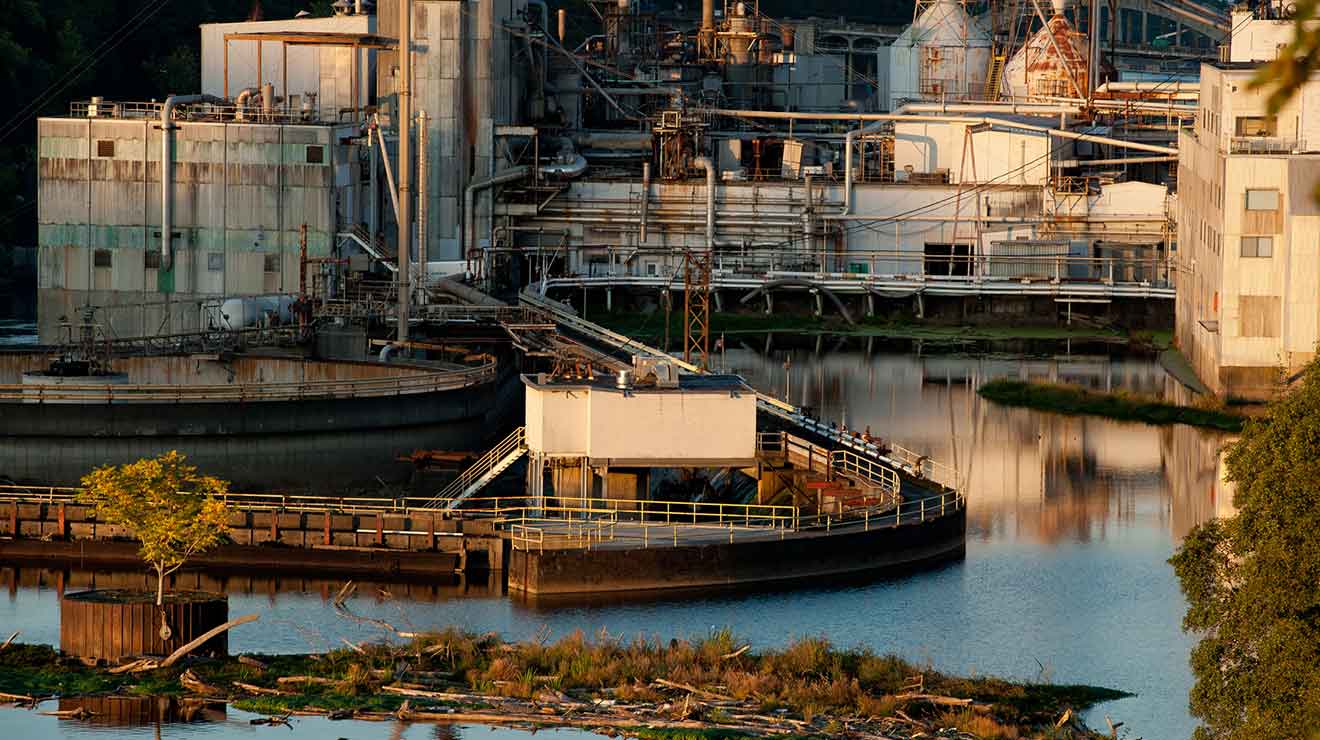In 2011, the Blue Heron Paper Mill at Willamette Falls was closed. It created an opening – an opportunity to re-imagine public access to the Falls and redevelop the surrounding district.
The four project partners (the City of Oregon City, Metro, Clackamas County and the Governor’s Regional Solutions Team) are working to transform not only downtown Oregon City, but also this part of the Portland metropolitan region. The goal is to reconnect people to a magnificent natural wonder, generate economic development, restore habitats, and catalyze historic and cultural appreciation of this awe-inspiring site.
Thousands of dedicated people have provided input for the future of this special place, coming together to make the future vision of Willamette Falls a reality.
See the document library for more information.
Project timeline
Moving from idea to reality
2011: Blue Heron Paper Mill closes, capping a century of industry along the Oregon City waterfront.
2011 – 2013: Oregon City, Clackamas County and Metro collaborate and kickoff a comprehensive and in-depth study for the future of the site, bringing the information and a proposed plan to the State Legislature for support in spring 2013.
July 2013: Oregon legislators pass SB 5506 with bipartisan support, committing $5 million in bond funding for the project. This statewide support spurs confidence as the public process kicks off. Metro matches with a commitment of $5 million from the Natural Areas bond measure.
May 2014: After a robust and successful public planning process, Falls Legacy LLC purchases the Blue Heron site in spring 2014.
September 2014: Metro, Oregon City, Clackamas County and the Governor’s Regional Solutions Team sign a Memorandum of Understanding, formally establishing a public partnership to secure public access for a to Willamette Falls.
September 2014: A Willamette Falls Legacy Project friends group forms to support the development of a riverwalk.
November 2014: The Oregon City Commission approves the vision, framework plan and zone change to create the Willamette Falls Downtown District on the former Blue Heron site.
December 2014: Falls Legacy LLC donates an easement for a riverwalk and commits to pay an estimated 20% of the design and preliminary engineering expenses and 20% of future maintenance and operation expenses.
December 2014: Portland General Electric grants an option that would allow a riverwalk to be built across part of its dam, offering the best close-up view of the Falls.
December 2014: Oregon City, Clackamas County and Metro submit a detailed narrative highlighting the plan moving forward for the site and the Governor’s office approves the allocated $5 million in state bond funding for the project.
May 2015: Governor Kate Brown announces the partners have selected the team of Mayer/Reed with Snøhetta and DIALOG to design the public Willamette Falls riverwalk.
July 2015: The State legislature approved an additional $7.5 million of State funding for the riverwalk.
August 2015: The project wins a Community Planning and Development Grant to complete a Development Opportunity Study to determine infrastructure needs and economic development strategies on the site.
January 2016: The Partners Group approves an intergovernmental agreement to fund and authorize the project to move forward into riverwalk design and development studies.
June 2017: Riverwalk designs were unveiled after years of planning and countless rounds of community input.
2018: The Willamette Falls Legacy Project requested proposals from design and build teams to bid on the riverwalk project.
April 2019: Local design and engineering firm Otak and general contractor Lease Crutcher Lewis were hired to bring the public riverwalk design to life.
August 2019: The Confederated Tribes of Grand Ronde purchased the former Blue Heron paper mill from Falls Legacy LLC.
November 2019: Voters in the region overwhelmingly passed the Metro parks and nature bond measure, with $20 million to be dedicated to the public riverwalk.
April 2020: The Confederated Tribes of Grand Ronde shared with the Willamette Falls Legacy Project an alternative riverfront concept they developed for the first phase of the riverwalk.
Winter 2021: Willamette Falls Trust requests to join the Willamette Falls Legacy Project Partner group to represent four Tribes with ties to Willamette Falls.
August 2021: Willamette Falls Legacy Project officials reached a consensus to restructure the partnership to include the five Tribes who have been engaged on the efforts to build a public riverwalk.
Download Riverwalk Information Boards

